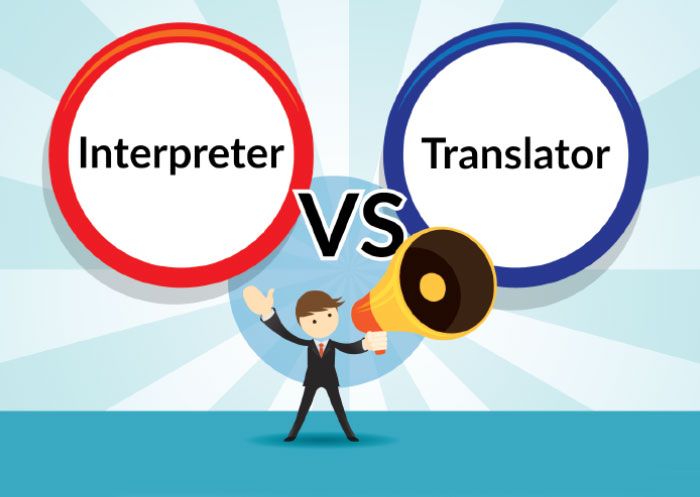The Americans with Disabilities Act (ADA) is a landmark piece of legislation that was enacted on July 26, 1990, to ensure the civil rights of individuals with disabilities. The ADA has had a profound impact on American society, changing the way that people with disabilities are treated and providing them with important legal protections. In this article, we will explore the history of the ADA and its impact on American society.
The Roots of the ADA
The movement for disability rights in America began in the 1960s and 1970s, when activists started advocating for the rights of people with disabilities to live and work in the community. At the time, people with disabilities faced significant barriers in their daily lives, including discrimination, lack of accessibility, and limited opportunities for education and employment.
In 1973, Section 504 of the Rehabilitation Act was signed into law, which prohibited discrimination against people with disabilities by any organization that received federal funding. This was a significant milestone for disability rights, but there were still gaps in protection for people with disabilities.
The Passage of the ADA
In the late 1980s, disability rights activists and organizations lobbied Congress for more comprehensive legislation to protect the rights of people with disabilities. In 1988, a bill was introduced in Congress that would eventually become the Americans with Disabilities Act.
The ADA was signed into law by President George H.W. Bush on July 26, 1990. The ADA is a broad civil rights law that prohibits discrimination against people with disabilities in a wide range of areas, including employment, public accommodations, transportation, and telecommunications.
The Impact of the ADA
The ADA has had a profound impact on American society, changing the way that people with disabilities are treated and providing them with important legal protections. Here are just a few examples of how the ADA has made a difference:
- Employment: The ADA prohibits discrimination against people with disabilities in all aspects of employment, including hiring, promotions, and job training. This has led to increased opportunities for people with disabilities to enter the workforce and advance in their careers.
- Accessibility: The ADA requires public accommodations to be accessible to people with disabilities. This includes things like wheelchair ramps, accessible bathrooms, and Braille signage. These requirements have made it easier for people with disabilities to participate in public life and access important services.
- Transportation: The ADA requires public transportation to be accessible to people with disabilities. This has led to improvements in buses, trains, and other forms of public transportation to make them more accessible to people with disabilities.
- Education: The ADA requires schools to provide accommodations to students with disabilities to ensure that they have equal access to education. This has led to increased opportunities for people with disabilities to pursue higher education and achieve their goals.
The ADA has also had an impact on the broader culture, changing the way that people think about disability and promoting greater understanding and acceptance of people with disabilities. The ADA has helped to break down barriers and promote a more inclusive society.
Challenges and Continued Progress
Despite the significant progress made by the ADA, there is still work to be done to ensure that people with disabilities have equal access and opportunities. Many people with disabilities still face barriers to employment, housing, and transportation. There is also a need for greater awareness and understanding of the experiences of people with disabilities.
In recent years, disability rights activists and organizations have continued to push for greater protections and opportunities for people with disabilities. This includes efforts to improve accessibility, increase employment opportunities, and promote greater understanding and acceptance of people with disabilities.
Conclusion
The Americans with Disabilities Act is a landmark piece of legislation that has had a profound impact on American society. The ADA has changed the way that people with disabilities are treated and provided them with important legal protections. While there is still work to be done to ensure that people with disabilities have equal access and opportunities, the ADA has paved the way for progress and continues to be an important tool in the fight for disability rights.
The ADA is a testament to the power of activism and advocacy. Disability rights activists and organizations worked tirelessly for decades to achieve the passage of this important legislation. Their efforts have made a significant difference in the lives of millions of people with disabilities, and their legacy continues to inspire and motivate others to fight for justice and equality.
As we celebrate the 33rd anniversary of the ADA, it is important to reflect on the progress that has been made and the work that still needs to be done. We must continue to advocate for the rights of people with disabilities, work to break down barriers and promote accessibility and inclusion, and strive to create a more just and equitable society for all. The ADA is a powerful tool in this fight, and we must continue to use it to advance the cause of disability rights and make a positive difference in the world.












0 Comments